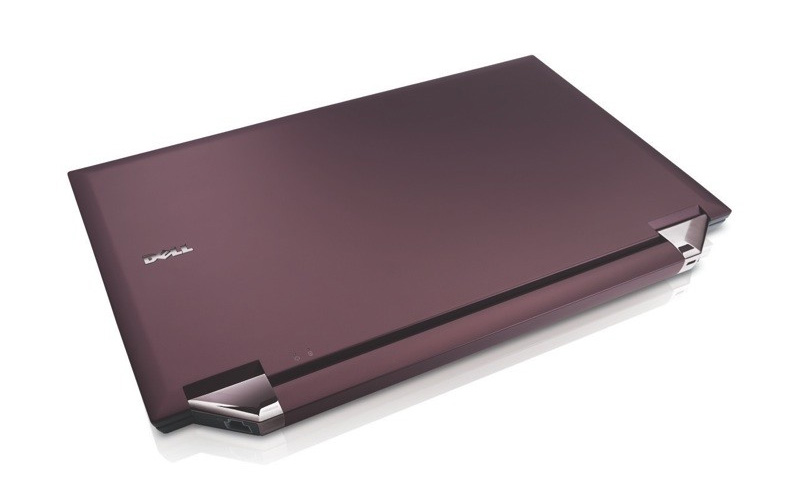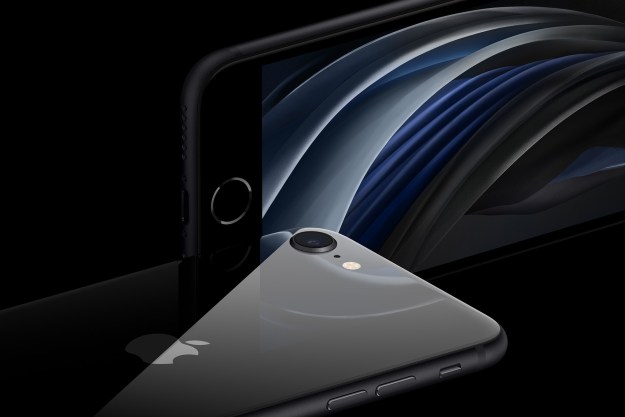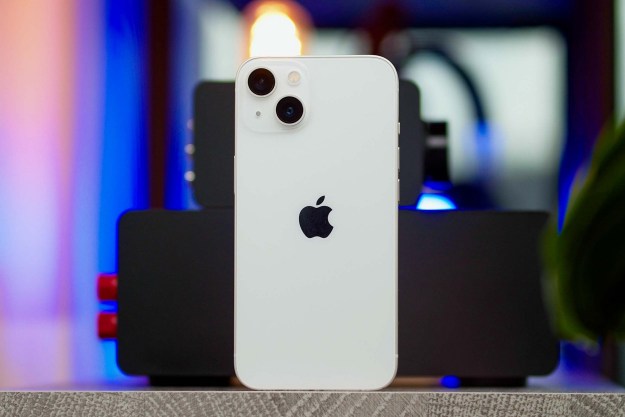
At an event at its Cupertino campus today, Apple announced it will be implementing ActiveSync for Microsoft Exchange for the iPhone and iPod touch, including “push” capabilities for email, contacts, calendar items, and address lists. Apple is licensing the technology from Microsoft, and will deliver it to users via a software update, along with support for Cisco IPsec VPN networking, certificates, identities, and WPA2/802.11x support.
Apple also introduced a Software Development Kit for the iPhone that will enable programmers to build native applications for the popular handset. The SDK leverages Apple’s Xcode development environment and will offer developers access to a good deal of the iPhone’s hardware—including its accelerometer, multitouch events, and camera. Programmers will find many similarities between developing for the iPhone and the desktop versions of Mac OS X, including access to Apple’s Core Animation and Core Audio APIs, as well as OpenGL.
Support for Exchange, third party applications, and enterprise-level management tools for iPhone will come with the iPhone 2.0 software update, which Apple says will be available for free by the end of June.
“We’re excited about creating a vibrant third party developer community with potentially thousands of native applications for iPhone and iPod touch,” said Apple CEO Steve Jobs, in a statement. “iPhone’s enterprise features combined with its revolutionary Multi-Touch user interface and advanced software architecture provide the best user experience and the most advanced software platform ever for a mobile device.”
According to Apple, game publisher Electronic Arts was able to port a version of its upcoming Spore game to the iPhone in just two weeks. AOL was also able to develop a version of AIM for the iPhone in just a few days, despite not having significant Mac OS X programming experience (AIM on the Mac has languished due to Apple’s own AIM-compatible IM client iChat, which has shipped with Mac OS X for several years).
Apple plans to distribute iPhone applications via AppStore, a software store which will come via the next iPhone software update. Customers will be able to browse third-party applications by category, and (like iTunes) the AppStore will list the most popular third-party items. AppStore will enable automatic updating of purchased third-party applications; developers will be able to set their own prices for their programs, and keep 70 percent of the revenue earned through AppStore. It’s an open question how Apple will police applications available via the AppStore; the company has specifically said that programs designed to provide access to adult content will be prohibited, but other applications—such as online gambling applications—may be a gray area.
The iPhone SDK is available for download today.
Editors' Recommendations
- One of the most iconic iPhone accessories is back — and it’s great
- Best prepaid phone deals: Android, iPhone, flip phone
- Best iPhone 14 deals: Unlocked and refurbished
- iPhone 16: news, rumored price, release date, and more
- How to transfer photos from an iPhone to a computer


